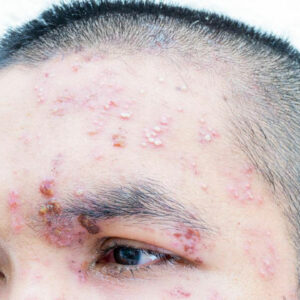
01
4 Things to Know about Asthma Attack and Its Symptoms
Asthma is caused by the inflammation of the airways. The inflammation causes the airways to be swollen and sensitive. This leads the airways to react to specific substances on inhalation badly. The muscles of the airways constrict and lessen the air flow to the lungs. There might be the excess development of mucus in the cells of the airways, making them narrower. All these lead to the aggravation of asthma attack symptoms. Often beginning in childhood, asthma continues to affect a person into adulthood. It is estimated that nearly 25 million people have this chronic lung disease. Around 7 million children have been reported to have asthma. Who is at the risk of experiencing asthma attack symptoms? Asthma can be hereditary, or it can be caused by environmental factors. If someone in the family has asthma, it is highly likely that a child might be prone to asthma attack symptoms. An allergic condition such as atopic dermatitis or hay fever can also increase the possibility of asthma. Obesity, smoking, passive smoking, and frequent and prolonged exposure to pollution such as exhaust fumes or exposure to certain chemicals can also trigger asthma attack symptoms. People who work as hairdressers, farmers, and in the manufacturing industry are frequently exposed to harmful chemicals. These can also trigger asthma attack symptoms. What triggers asthma attack symptoms? If a person has asthma, several causes can trigger an attack involving extreme wheezing and breathlessness. The following are some of the common triggers of asthma attack symptoms: Dust, pollen, spores, dander, and even cockroach waste particles that are present in the air we breathe can cause asthma attack symptoms. Asthma can also be induced by exercise that causes an extreme strain on the respiratory system. Cold air can also act as a trigger for asthma attack symptoms.
Read More 










